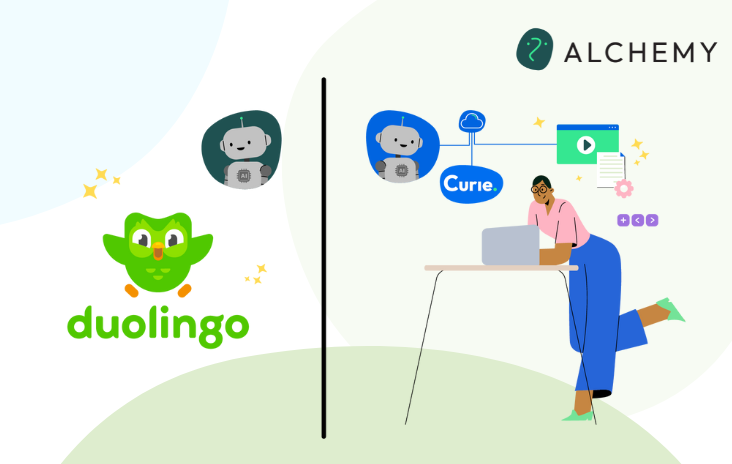Article
Embracing Innovation in Higher Education: A Critical Imperative for the Future

In an era defined by rapid technological advancements and evolving workforce demands, the need for innovation in higher education has never been more urgent. Our recent panel discussion among academic leaders underscores a pivotal moment for institutions to rethink traditional approaches and embrace innovative strategies.
Why Now? The Need for Urgent Innovation
The landscape of work is changing dramatically, and educational institutions must adapt to meet these challenges head-on. Kemi Jona, Ph.D. from the University of Virginia articulated a critical point: the transformation of the workplace demands that we rethink our educational paradigms. As employers seek graduates equipped with relevant skills, colleges and universities face the challenge of ensuring their curricula remain aligned with real-world needs.
Moreover, the need for access and inclusion is paramount. As we strive to educate an increasingly diverse student population, including non-traditional learners, it becomes essential for institutions to innovate. This is not just a matter of staying relevant; it is about fulfilling our educational mission to serve all communities.
Fostering Essential Skills for Future Success
Ozlem Kilic, Ph.D., from the University of Tennessee, highlighted the importance of creating learning environments that are responsive to both student needs and industry demands. She emphasized that innovation should not only focus on technology but also on fostering critical thinking and collaborative skills among students. This approach ensures that graduates are not just job-ready but also equipped to anticipate and navigate complex challenges in their careers.
Building a Culture of Innovation in Higher Education
To drive meaningful change, innovation must be embedded in the very mission of educational institutions. As Shawn Benner, Ph.D., from Boise State University pointed out, aligning institutional goals with innovative practices can create a powerful synergy. This alignment fosters an environment where innovation thrives, ultimately leading to improved educational outcomes.
Collaboration is another critical component of this innovation landscape. By forging partnerships with local businesses and community organizations, institutions can develop programs that not only meet the needs of students but also serve the broader community. Such partnerships can help bridge the gap between education and employment, creating pathways for success that are most relevant and impactful.
Conclusion
As we navigate this crucial period of transformation, educational leaders must champion a culture where experimentation is encouraged, and learning from failure is embraced. This shift requires institutions to move away from traditional, rigid structures and towards more flexible, adaptive frameworks that prioritize innovation.
The urgency for innovation in higher education is not merely an option; it is an imperative. By embracing change, fostering collaboration, and embedding innovation into their missions, institutions can not only survive but thrive in the dynamic landscape of education and beyond.
If you’re interested in further exploring the discussion, the full webinar is available on our YouTube channel.


